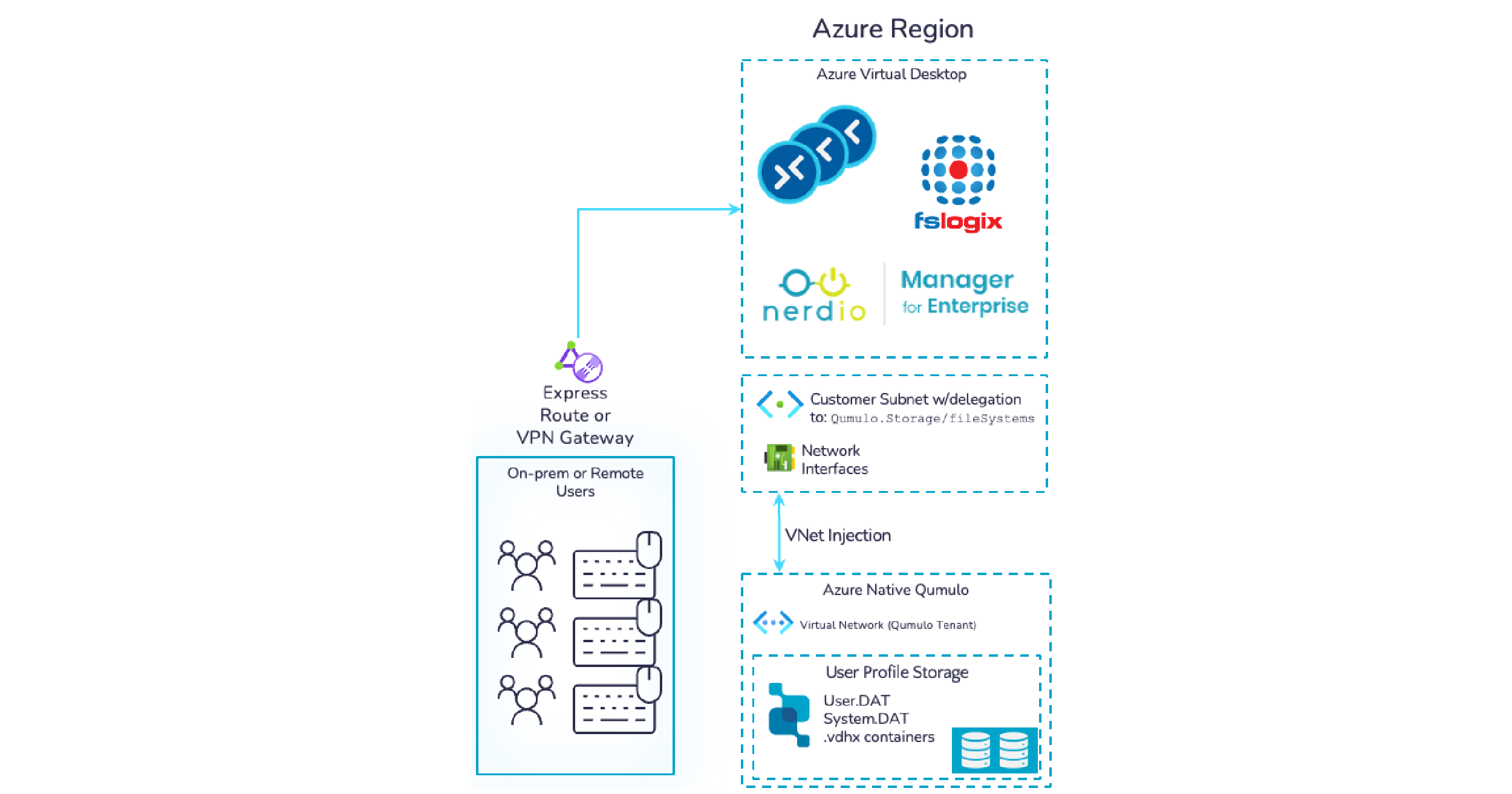This is part two of a four-part blog series that will take a closer look at the visual effects (VFX) workflow. In our previous post, we covered the components of the VFX workflow. Today we’re taking a closer look at rendering, which is an important step in the VFX process.
What is Rendering?
In animation and visual effects (VFX), rendering is the process where the data in a 3D scene is converted into a series of 2D images, as seen from the digital camera’s point of view. In film work, these calculations are done offline in batches, typically taking anywhere from minutes to hours to days to process an individual frame.
What is a Render Farm?
Since the rendering process is such a resource-heavy process, VFX artists need additional compute resources. That’s where the render farm comes in. A render farm is a high-performance cluster of computers that are used to render imagery for visual effects.
Many VFX studios do their rendering on-premises, with their own rendering farm on hardware located near the artists.
This diagram shows an example of an on-premises VFX rendering workflow that utilizes Qumulo’s data storage platform. Both the artists’ workstations and the rendering farm can use the Qumulo cluster. The queue management software manages the rendering jobs.
Why Cloud Rendering is a Major Benefit for VFX Studios
With visual effects jobs becoming more complex, VFX studios can easily max out the capacity of their on-premises hardware render farms. Power, cooling, and physical space are all finite resources that put limits on what the VFX studio can achieve.
One of the most common complaints we hear from VFX studios using legacy storage systems for an on-premises rendering model is that they are difficult to scale. In the next blog post (part 3 of this series), we’ll review this and other common data-related pains for VFX studios, along with advice on how to solve them.
Rather than continue to add more physical hardware (which is not always an option due to tight production deadlines), it’s not surprising that many VFX studios are adjusting their workflow to leverage the cloud. In fact, some studios have already adopted a hybrid cloud approach for rendering jobs.
With the hybrid cloud approach, some of the rendering work is done on-premises. But as more resources are needed, they move (or burst) workloads to the cloud. This allows them to add compute power, quickly spinning up production environments in the cloud.
The ability to leverage the cloud is a major benefit for VFX studios, as their effects are becoming increasingly more complex (which requires more compute resources) while at the same time, project deadlines are becoming tighter.
The on-premises render farm has been extended with additional resources in AWS. In this example, the Qumulo cluster uses m4.16xlarge EC2 instances. The spot fleet is the collection of render nodes.
The pipeline uses EC2 Spot Instances for scalable, low-cost computing, Deadline for queue management and managing bids for the spot instances, and Thinkbox Marketplace usage-based licensing (UBL) for flexible licensing.
Bursting to the cloud allows a VFX studio to extend their infrastructure as needed, ensuring that deadlines are not missed when rendering jobs pile up.
However, the right technology is necessary to ensure that these workloads are handled quickly and adequately, with the current protocol support and necessary performance.
We’ll cover this more in part 3 in our VFX 101 series!
Qumulo has several helpful resources for learning more about VFX and how our file data platform helps speed VFX production pipelines. Check out our data sheets on VFX, Animation, Media and Entertainment and learn how we’ve helped companies like FuseFX and Cinesite Studios to bring movies and animation programming to audiences faster!
Read Part 3 of our VFX 101 series, which will focus on the crucial role of a well-designed file-based data platform in the cloud rendering process.
VFX 101 series
- Part 1: The History of VFX and Its Workflows for Modern Film and Animation Production
- Part 2: What is Rendering and Why are Render Farms Important?
- Part 3: Common Data Challenges For VFX (And How to Solve Them)
- Part 4: VFX Rendering In The Cloud With Qumulo
Special thanks to Matt Ashton and Kristi Whitman for their contributions to this blog series.


